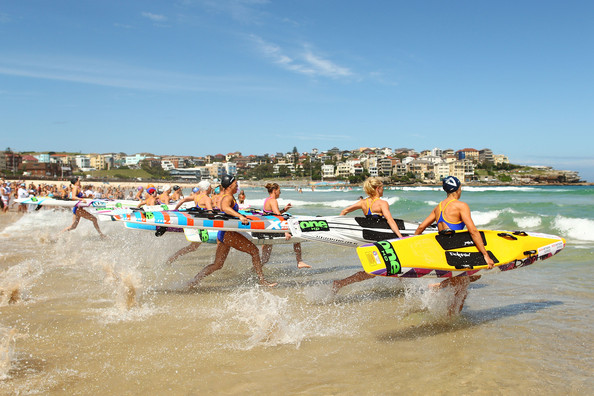
When was the last time you had your iron levels checked? Women, in particular, are prone to suffer from low iron levels and it is thought that up to five per cent of the Australian population has iron deficiency anaemia, with menstruating women at greater risk than men and postmenopausal women.
Iron is an important dietary mineral that is involved in various bodily functions, including the transport of oxygen in the blood. This is essential in providing energy for daily activities, in particular, strenuous fitness workouts.
Studies have routinely found that athletes, especially female athletes, are often iron-deficient or anaemic. Iron is essential for athletic performance. One of its major functions is to carry oxygen to and carbon dioxide away from all the cells in your body*
It’s a combination of the following factors that make athletes more prone to iron deficiency*
- Inadequate supply of dietary iron. Athletes who avoid red meat have difficulty meeting the body’s iron needs.
- Increased demands for iron. Hard training stimulates an increase in red blood cell and blood vessel production and increases the demand for iron. (Iron turnover is highest for endurance athletes training at high intensity).
- High iron loss. Blood loss through injury, or menstruation. In endurance athletes, ‘foot strike’ damage to red blood cells in the feet due to running on hard surfaces with poor quality shoes leads to iron loss. Finally, because iron is lost in sweat, heavy sweating leads to increased risk of deficiency.
We all know one of the symptoms of iron deficiency is fatigue but the loss of endurance, high exercise heart rate, low power, frequent injury, recurring illness, and loss of interest in exercise and irritability are also symptoms. Other symptoms include poor appetite and increased incidence and duration of colds and infections. Do any of these correlate to you? If so a blood test will confirm.
Things you need to know about folic acid & iron
+ Folic acid supplemented with iron increases the metabolic usage of iron (makes iron more effective).
+ Folic acid with iron actually restores iron faster.
+ Take iron on an empty stomach and never exceed the dose as constipation may occur or poison the worst case scenario.
+ Iron absorbency is decreased if they are accompanied at meals by caffeine. Calcium and zinc also reduce the ability of the body to absorb iron. However adding fruit (citrus fruit in particular), to meals enhances iron absorption.
The best sources of iron are
+ Meat, I love kangaroo due to its high levels of haem iron (nearly 3 times that of beef or lamb) and it’s low-fat content.
+ Clams, oysters, mussels and prawns
+ Pumpkin and pumpkin seeds
+ Nuts
+ Beans and pulses
+ Wholegrains and bran
+ Dark leafy greens (spinach, kale)
+ Dark chocolate and cacao
+ Tofu
* excerpts taken from sportsmedicine.about.com
Have you had a history of low iron levels?



